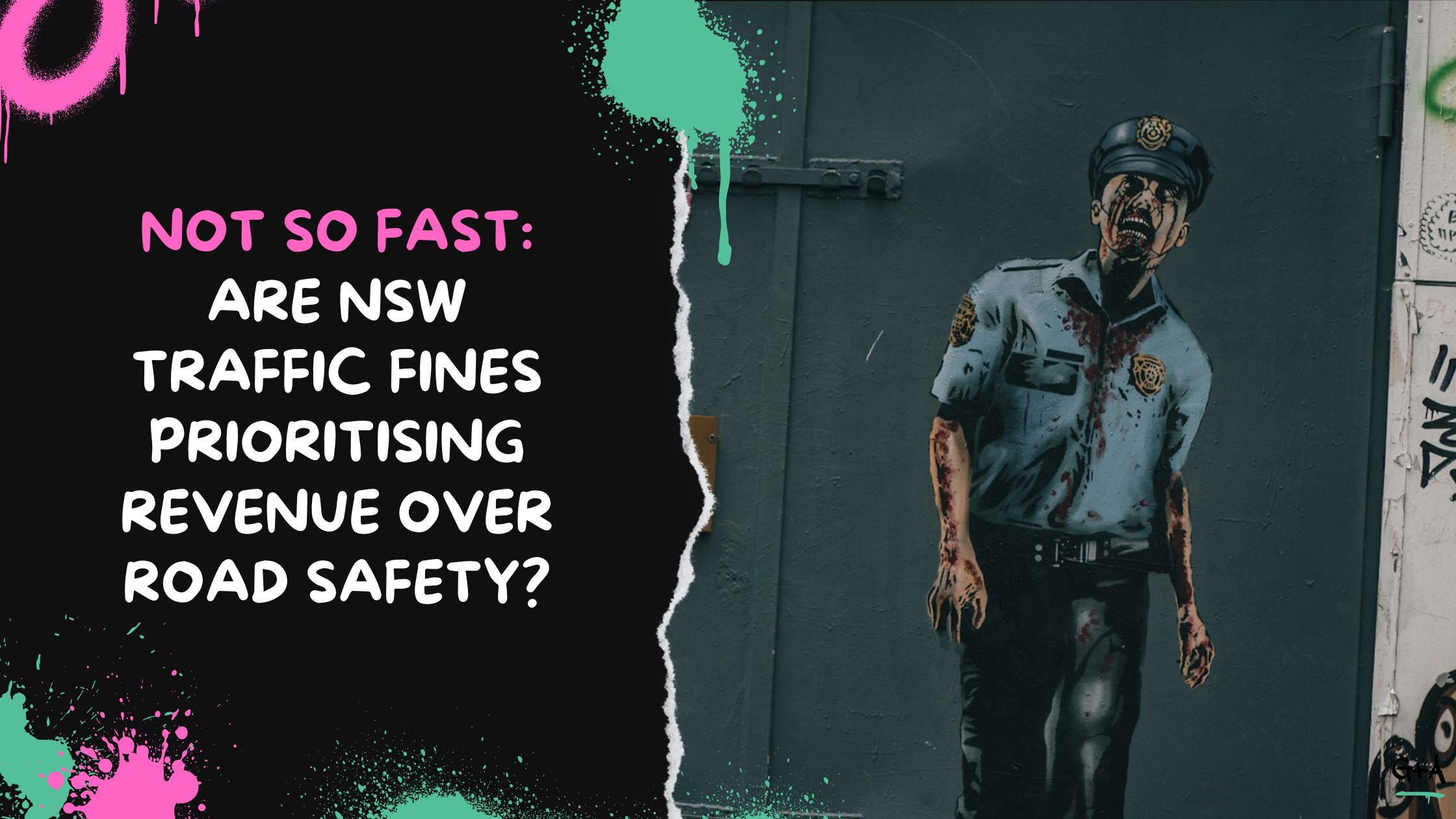Traffic fines are a staple of road regulation, intended to deter unsafe driving behaviors and enhance public safety. However, recent trends in New South Wales (NSW) suggest a significant surge in fines, prompting questions about their true intent. Are these penalties genuinely about safeguarding drivers and pedestrians, or have they become a convenient revenue stream for the state?
The Surge in Traffic Fines
In NSW, the introduction of advanced detection technologies, such as seatbelt and mobile phone detection cameras, has led to a sharp increase in traffic fines. For instance, there has been a 1,427% increase in seatbelt fines, contributing to a substantial boost in state revenue. This dramatic rise raises concerns about whether the primary focus remains on road safety or has shifted towards financial gain.
Safety vs. Revenue: The Balancing Act
While the enforcement of traffic laws is crucial for maintaining order and safety on the roads, the proportionality and intent behind the penalties are vital. Excessive fines without corresponding educational initiatives may lead to public skepticism and diminish trust in traffic enforcement agencies.
The Need for Transparency
To uphold public confidence, it’s essential for authorities to be transparent about the allocation of funds generated from traffic fines. Demonstrating that these revenues are reinvested into road safety programs, infrastructure improvements, and driver education can help align enforcement actions with safety objectives.
Final Thoughts
The escalating traffic fines in NSW highlight the need for a clear delineation between revenue generation and genuine safety measures. A balanced approach that combines fair penalties with robust educational campaigns can ensure that traffic enforcement serves its primary purpose: protecting all road users.




